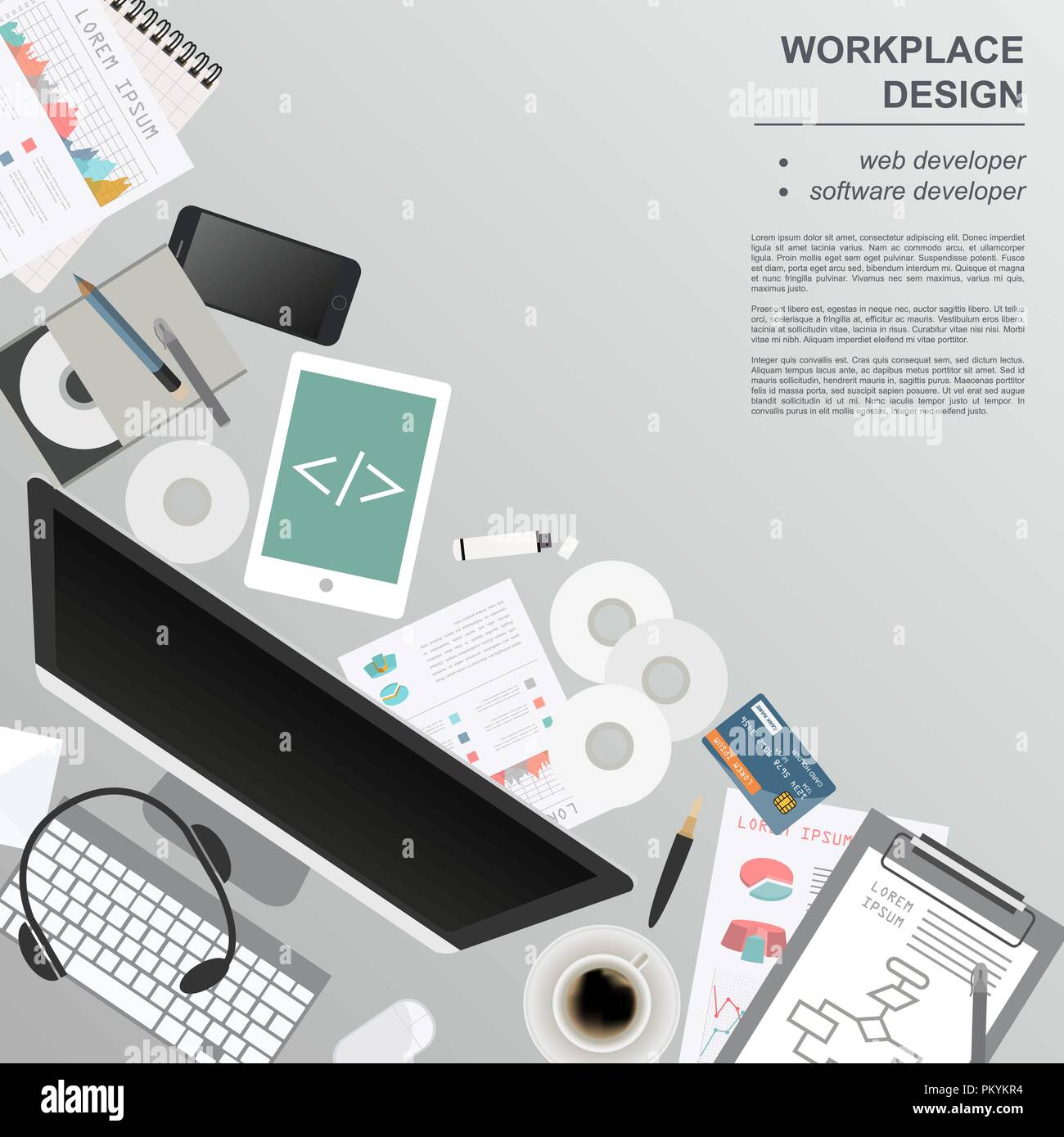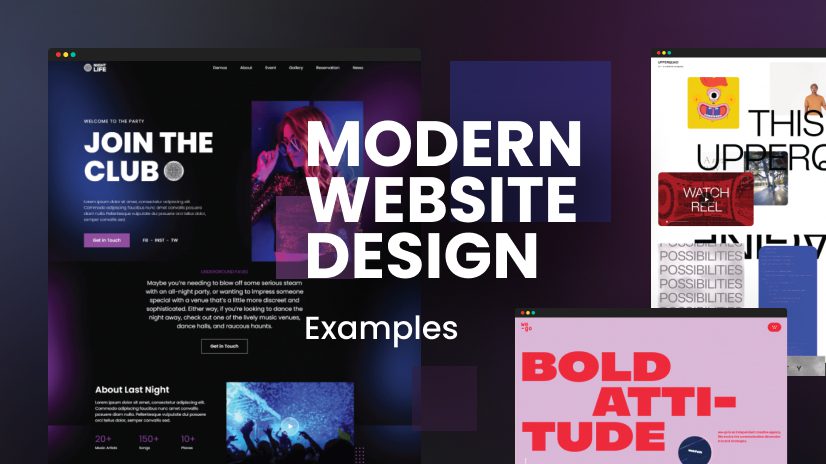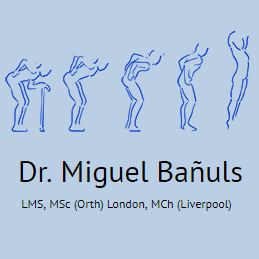Maximizing UX/UI in web design is not merely a trend but a vital necessity for enhancing user satisfaction and engagement in today’s fast-paced digital world. By adopting user-centered design principles, designers can create experiences that cater directly to the needs and preferences of their audience. A focus on responsive design ensures that websites look stunning and function seamlessly across a myriad of devices, while accessibility in web design guarantees that everyone, regardless of ability, can access information effortlessly. Additionally, the infusion of AI in UX/UI opens new doors for personalization, making every visit unique and tailored to individual user behaviors. Ultimately, embracing a minimalistic design philosophy both simplifies navigation and elevates the user journey, fostering an environment where users can thrive and engage without distractions.
In the realm of digital aesthetics, optimizing user experience and interface design holds paramount importance for captivating audiences effectively. This holistic approach begins by recognizing the value of prioritizing the end user’s journey, often referred to as human-centric design. Furthermore, the embrace of adaptable layouts ensures that content resonates across various platforms, making it universally accessible. The innovative use of intelligent technologies enriches these designs, allowing for a tailor-made interaction that enhances user fulfillment. Finally, the resurgence of simplicity in visual communication reaffirms the belief that clarity often reigns supreme in successful web creation.

The Significance of User Research
User research is like casting a net into the sea of user experiences, allowing designers to haul in invaluable insights. By engaging with users directly, gathering feedback, and observing their interactions, designers peel back the layers of complexity surrounding user behaviors. This method not only demystifies the user journey but ensures that every step taken in the design process is intentional. It’s akin to tuning into a frequency that resonates with the audience, crafting interfaces that harmoniously align with user expectations.
Imagine a designer, armed with data and empathy, shaping a website based not on assumptions but on concrete findings. This dedication to user-centered design transforms the process into a collaborative dance, where the user leads and the designer follows. As stated by Kuo (2024), investing in user research paves the way for increased satisfaction and elevated engagement, like planting seeds that blossom into fruitful conversions. Ultimately, the essence of design is not just visual aesthetics, but the ability to connect deeply with individuals through their digital experiences.
Adapting to Varying Screen Sizes
In a world where a multitude of devices dictate how we consume content, responsive and adaptive design emerges as a guiding light. Think of it as a chameleon, effortlessly blending into its environment, ensuring that web content is displayed beautifully regardless of whether the viewer is on a smartphone, tablet, or large desktop screen. As Turner (2024) points out, frameworks like Bootstrap empower designers to craft flexible layouts that can shift and morph seamlessly, optimizing user experience like a well-conducted orchestra.
At the heart of this adaptability lies a simple truth: users expect fluidity and ease. When they transition from scrolling on a phone to hovering over a laptop screen, the experience should feel like a gentle wave, not a jarring leap. A responsive site reflects consideration and foresight, hinting at the designer’s commitment to providing every visitor with an engaging journey. The interplay between design and device accessibility is not just a trend; it’s a necessity in ensuring that each user feels valued, irrespective of their chosen medium.
The Future of AI-Driven Design
As we step into the futuristic realms of design, Artificial Intelligence (AI) stands as both innovator and companion. It’s as if the design process has gained an intuitive ally, one that learns, adapts, and recommends in real time. Walker (2024) unveils this AI-driven revolution as it dynamically alters layouts and content, tailoring experiences to individual user interactions. This means, what was once a static webpage can now morph into a personalized portal—uniquely catered to every visitor’s desires and behaviors.
Imagine a world where each click, scroll, and hover affirms and enhances the user’s journey. With AI’s analytical eye guiding the way, designers gain the power to create interfaces that not only look aesthetically pleasing but feel genuinely responsive to personal preference. The integration of AI in UX/UI design ushers in a new era of engagement, transforming casual visits into memorable experiences. As we embrace these technological advancements, the essence of design will evolve, emphasizing personalization and deepening the connection between user and interface like never before.

Conclusion on User-Centered Design Practices
In summation, the journey to maximizing UX/UI through user-centered design is a tapestry woven with threads of empathy, innovation, and accessibility. It commences with an unwavering commitment to understanding the user’s perspective—gathering insights through comprehensive research and responsive testing. Designers are called to embrace this ethos:
– **Empathetic Listening**: Regular engagement with users to uncover their needs and pain points.
– **Iterative Testing**: Emphasizing the importance of feedback loops that refine designs continuously based on real-life interactions.
By embracing these practices, designers not only enrich user experiences but also foster profound connections that transform casual visitors into loyal advocates of their brands.
Moreover, the fusion of technology and artistry leads to a more intuitive digital landscape. As designers adopt responsive formats that adapt seamlessly to various devices, every interaction is optimized for user satisfaction. The conscientious incorporation of accessibility features ensures that no user is left behind, creating an inclusive environment where diversity is celebrated. In this brave new world of web design, we see:
– **Adaptive Layouts**: Emphasizing mobile-first designs that cater universally across screens.
– **Accessibility as Standard**: Integrating guidelines that not only comply with regulations but also embody a best-practice approach.
Such a holistic approach is fundamental in crafting experiences that delight and engage users at every turn.
Conclusion on Emerging Trends in Web Design
As we draw to a close, it becomes evident that embracing the latest trends in web design is imperative for creating captivating user experiences. With the advent of AI technologies reshaping the landscape, designers are empowered to harness data-driven insights to personalize interactions dynamically. This heralds a future where:
– **AI-Driven Customization**: Interfaces evolve in real-time, adapting to user behavior for unparalleled engagement.
– **Minimalistic Design**: The trend towards simplicity reigns supreme, allowing content to shine without the noise of unnecessary embellishments.
In this minimalist framework, every element serves a purpose, cultivating a serene browsing experience that keeps users coming back for more.
Furthermore, these trends are not mere fads but foundational shifts that reflect the priorities of modern users—attention to detail, functionality, and inclusiveness. By side-stepping the clutter, designers create spaces that breathe, fostering deeper interactions between users and content. And as we embrace these philosophies, we should remain vigilant:
– **Continuous Learning**: Keeping abreast with technological advancements and user expectations.
– **Inclusive Practices**: Ensuring that accessibility is embedded in every design choice.
In weaving together these intricate strands, web designers stand poised to create not just websites but vibrant platforms of interaction that resonate with every user, turning design visions into realities.















